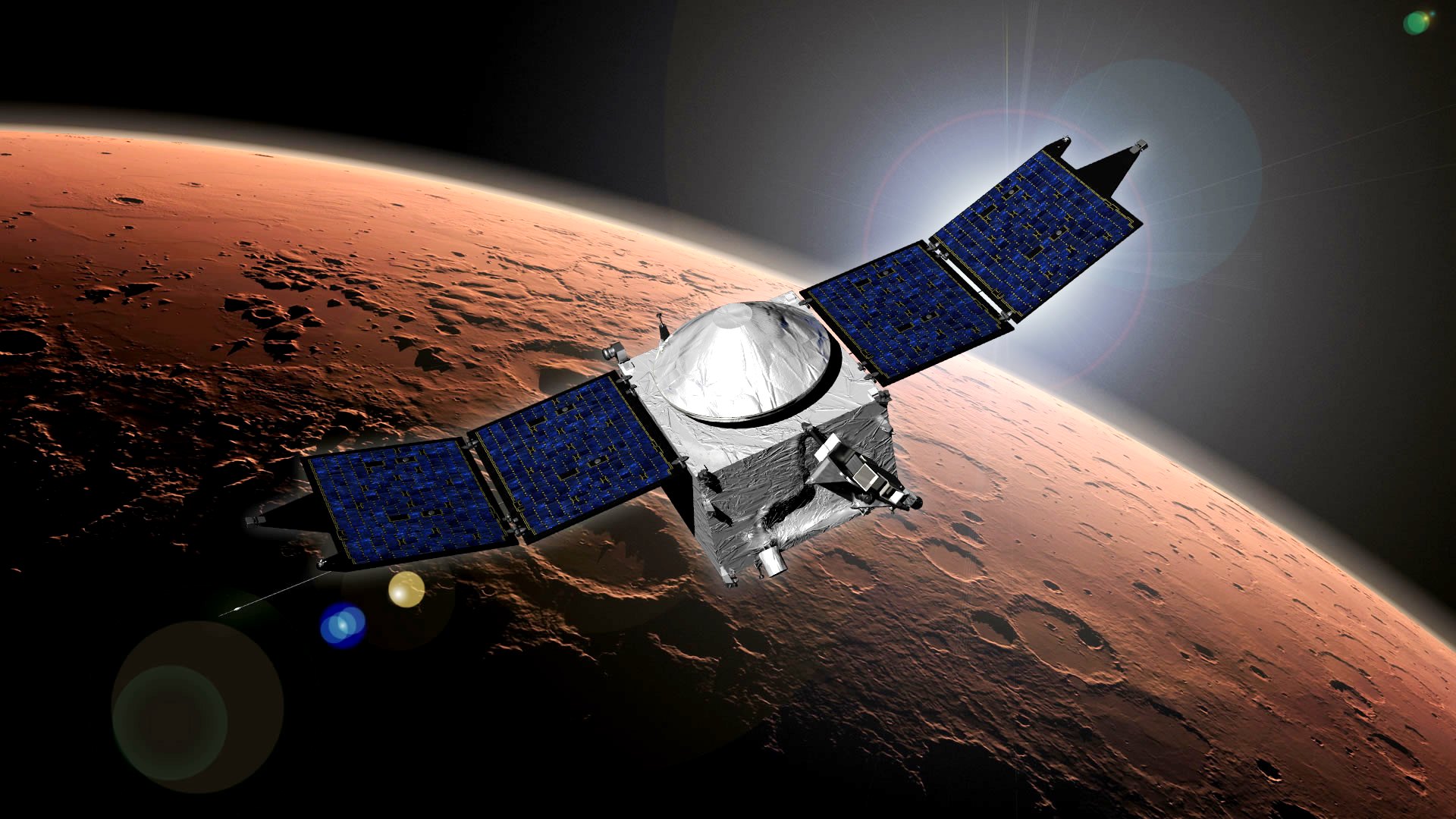Ketchup Experiment Recovered from Columbia Crash
Using data recovered from a damaged computer hard-drive that was aboard the ill-fated Space Shuttle Columbia in 2003, scientists have recently learned more about why the act of shaking a material can quickly transform it into something completely different.
One of the best examples of this phenomenon is ordinary ketchup. Shake the bottle and the semi-solid paste becomes a runny liquid. Food scientists do the shaking in a controlled way by putting ketchup (and other processed foods) into a rheometer (rheo, meaning "flow") to see how its viscosity -- the scientific word for stickiness -- decreases when shaken.
Robert Berg and his colleagues at the National Institute of Standards and Technology in Gaithersburg, MD., wanted to do more than measure viscosity. They wanted to know why the changes happen through "shear thinning," a phenomenon in which agitation enhances a force that cuts across weak attachments among atoms or molecules.
Understanding shear thinning is a big deal in the industrial world of processed foods, polymers, and paints. For instance, motor oil's viscosity can be degraded by the movement of engine parts, and the application of paint to a surface can be easy or hard depending on the manner of the brushstroke.
Zero gravity
To better understand the microscopic relation between viscosity and shear thinning, the NIST scientists looked at how the thinning works in an unusual fluid -- the gas xenon [used to power some space probes]. The trick is, xenon's own weight -- as light as it is -- still can compress the sample of the gas enough to throw off the delicate measurements that were needed.
To do a proper study, the experiment needed a zero-gravity environment. And so up it went in Columbia.
Breaking space news, the latest updates on rocket launches, skywatching events and more!
But Columbia's mission ended when insulation tiles on the leading edge of the left wing, damaged during launch, failed upon reentry. The craft burned up and disintegrated, killing the seven astronauts on board. Some of the data from the xenon experiment had been down-linked before the shuttle was destroyed, but the rest were stuck on the hard drive that fell to earth along with Columbia.
Fortunately, NASA's recovery team found the hard drive among the debris that was scattered for hundreds of miles across Texas and Louisiana. The data on the disk were retrieved by a company that specializes in recovering information from the kind of disk crashes that happen every day here on Earth.
The package in which the experiment itself took place was also found. It was at the heart of a series of concentric shells, the outermost of which had burned up. The cell containing the xenon atoms, however, was intact. None of the atoms had escaped.
Xenon, a loner
Xenon is one of those atoms that doesn't like to associate or react with other atoms. The researchers set up the Columbia experiment to look at how xenon behaves when, under exact conditions of pressure and temperature, it exists midway between two fluid states.
Why go to the trouble of getting xenon atoms into just the right pressure conditions? Xenon is a gas, whereas ketchup and most interesting fluids consist of liquids and pastes. The answer is that the shear thinning process becomes possible for even simple fluids like pressurized xenon at the special critical point. What is learned from the simple fluid might also apply to ketchup.
While in orbit aboard Columbia, the xenon was gently stirred by a fine mesh, a sort of tiny tennis racket. The experiment was a success. Stirring harder decreased the viscosity, confirming a decades-long theory about the relation between shear thinning and stirring. They published their results in a recent issue of Physical Review E.
- The Greatest Mysteries in Science
- The World's Longest-Running Experiments
- The Surprising New Science of Splashes
This article was provided by Inside Science News Service, which is supported by the American Institute of Physics. ISNS contributor Phil Schewe is a senior science writer with the American Institute of Physics.
